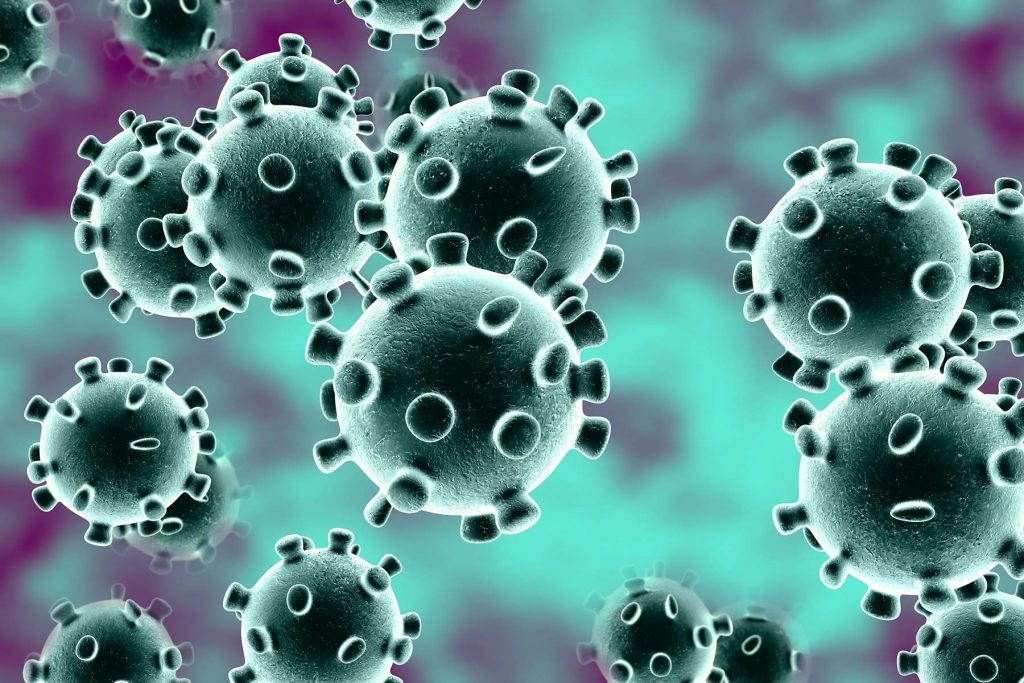Washington: Mathematical modelling can compute a more realistic picture of the infection rate of the novel coronavirus that causes COVID-19, enabling better prevention and preparation, according to a team led by an Indian-origin researcher.
Actual pandemic preparedness depends on true cases in the population whether or not they have been identified, said Arni SR Srinivasa Rao from Augusta University in the United States.
“With better numbers we can better assess how long the virus will persist and how bad it will get. Without these numbers how can health care systems and workers prepare for what is needed” Rao said.
Better numbers also are critical to better protecting the population and overall pandemic preparedness, according to Rao and his colleague Steven G Krantz, professor at Washington University in the US. “We wanted to provide info on the real magnitude of the problem, not just the tip of the iceberg,” Rao said.
The researchers used their mathematical model, which takes COVID-19 numbers from sources like the World Health Organisation (WHO).
They then used factors like an area’s population density, proportion of population living in urban areas where people tend to live in closer proximity, and populations in three age groups — zero to 14, 15 to 64, and over 65 — to grow more accurate numbers. Because this virus is so infectious, they also considered transmission probability, Rao pointed out.
The researchers also looked at the number of new cases daily above 10 and up to the first reported peak, and the date ranges for those peaks as an indicator of the trend in reported case numbers.
They found, for example, that Italy did a comparatively good job of reporting early on, with one case reported for every four cases that Rao and Krantz projected by the cutoff date of March 9.
That means about 30,223 cases were not reported, according to their model, and Rao noted that Italy had not reached its peak by their March 9 study deadline.
With such a small percentage of people actually being tested in all countries, particularly at that time, South Korea also was reporting one case for about every four likely cases, the researchers said.
Agencies
